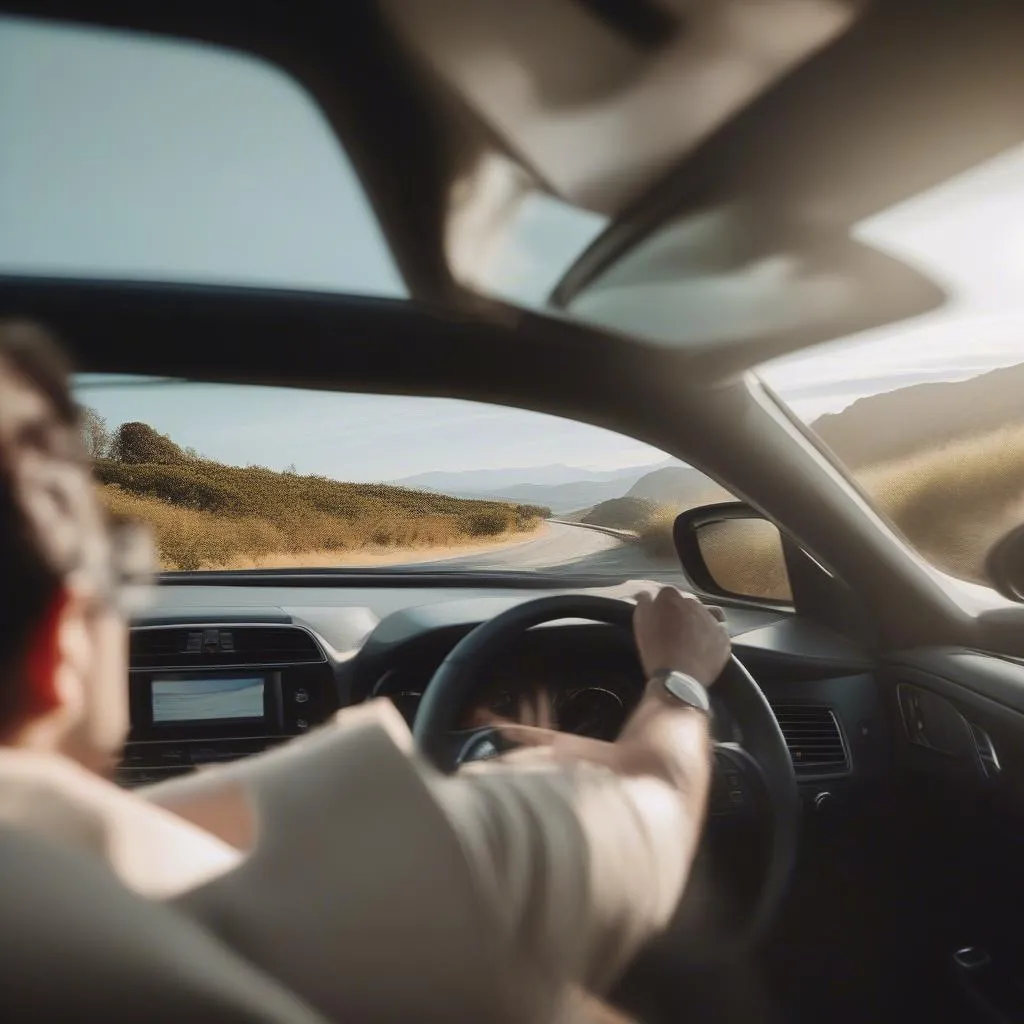Have you ever wondered what makes a manual car so different from an automatic? Or maybe you’re curious about the benefits and drawbacks of driving a manual car. Well, you’ve come to the right place! In this article, we’ll delve into the world of manual cars, exploring their mechanics, advantages, disadvantages, and even some frequently asked questions.
What is a Manual Car?
A manual car, also known as a stick shift or a clutch car, is a vehicle where the driver manually controls the gears, using a clutch pedal and a gear stick. Unlike an automatic car, which shifts gears automatically, you have complete control over the car’s gear selection in a manual car.
The Mechanics of a Manual Transmission
At the heart of a manual car lies the transmission. This is a complex system of gears that allows you to change the car’s speed and power output.
How It Works:
- Clutch Pedal: The clutch pedal disconnects the engine from the wheels, allowing you to shift gears smoothly.
- Gear Stick: The gear stick lets you select the desired gear, from 1st to 5th or 6th gear.
- Transmission: The transmission contains a set of gears that are engaged and disengaged based on the gear you select.
The Advantages of Driving a Manual Car
While automatic cars have become increasingly popular, manual cars still offer some unique advantages:
1. Greater Control & Engagement
Many drivers find that manual cars offer a more engaging driving experience. You have complete control over the engine’s RPM and can select the optimal gear for different driving conditions. This can lead to a more rewarding driving experience, especially for enthusiasts.
2. Improved Fuel Efficiency
Manual cars often offer better fuel economy than their automatic counterparts, especially when driven skillfully. This is because you can choose the most efficient gear for each situation, maximizing fuel efficiency.
3. Lower Maintenance Costs
Manual transmissions are generally simpler and have fewer moving parts than automatic transmissions. This can result in lower maintenance costs over the car’s lifespan.
4. Enhanced Driving Skills
Driving a manual car can improve your overall driving skills. It requires you to coordinate multiple actions like shifting gears, operating the clutch, and controlling the throttle. This can enhance your coordination and reaction time.
The Disadvantages of Driving a Manual Car
While manual cars offer several advantages, there are also some disadvantages to consider:
1. Steep Learning Curve
Learning to drive a manual car can be challenging. It requires practice and coordination to master the clutch, gear shifts, and throttle control.
2. Potential for Wear and Tear
Improper use of the clutch and shifting can lead to premature wear and tear on the transmission and clutch components.
3. Limited Convenience
Manual cars can be less convenient in stop-and-go traffic or hilly areas. The constant shifting and clutch engagement can be tiring, especially for long drives.
Frequently Asked Questions about Manual Cars
1. Is it harder to learn to drive a manual car?
Yes, learning to drive a manual car can be more challenging initially due to the coordination required between the clutch, gear stick, and throttle. However, once you master it, it becomes second nature.
2. Are manual cars more reliable than automatic cars?
Manual transmissions are typically simpler and have fewer parts than automatic transmissions, which generally makes them more reliable. However, proper maintenance is crucial for both manual and automatic cars.
3. Is a manual car worth it?
Whether a manual car is worth it depends on your individual needs and driving preferences. If you enjoy a more engaging driving experience and prioritize fuel efficiency, a manual car might be a good choice.
4. What are some popular manual cars available?
Many car manufacturers still offer manual transmissions in their models. Some popular options include the Honda Civic, Mazda MX-5 Miata, Subaru WRX, and Ford Mustang.
Conclusion
Choosing between a manual and an automatic car ultimately comes down to personal preference. Manual cars offer a more engaging driving experience and often better fuel efficiency, but they come with a steeper learning curve and potential for wear and tear. If you’re looking for a more involved and rewarding driving experience, a manual car might be the perfect choice for you.
 Manual Car Transmission
Manual Car Transmission
 Manual Car Driving
Manual Car Driving
For further assistance with diagnostics tools for European cars, feel free to contact us via Whatsapp at +84767531508. Our team of experts is available 24/7 to help you with any questions or concerns you may have.
Let us know what you think in the comments below! Do you prefer a manual or an automatic car? Share your experience and insights with our community.


